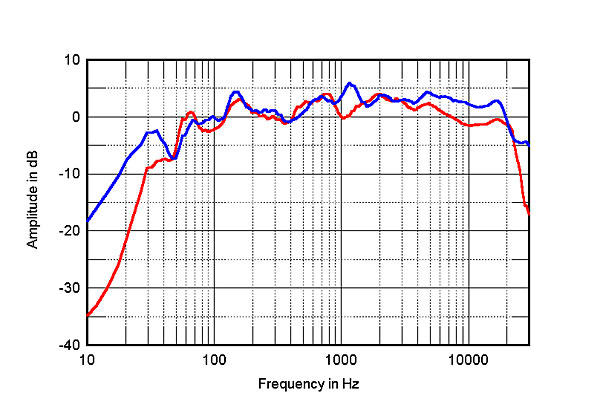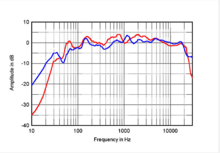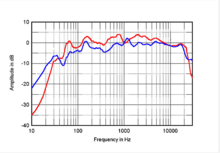Brian
Eating fat, staying slim
Sorry Brian
Can't really indulge you. For me, it feels like talking to noisy children who keep simply staring into my face and asking "why? at the end of the sentence".
Not that I'm suggesting you childish you understand - just that these threads seem to resemble those types of exchanges and everyone eventually runs out of patience.
All the answers you seek are easily Googled.
to be fair brian....it's pretty obvious now you're virtually trolling....we have been discussing 'perception' across a few threads now....you don't open links, you don't follow discussion in any detail and then you pop out your lovely anecdotes....but you always ignore or fail to understand why these things are important.
why do you think broadcast companies have standards....??? why do you think aes measure stuff very carefully???
why do harman have a massive and strict protocol for their many tests?
it's clear you actually don't want to know anything...just enjoy your gear...let the thread die....
And there we have it, among the odd snipe here and there we see yet more insults from the objectivists.Yes you do - everybody does which is why blind testing is accepted as the gold standard for testing in so many areas, other than audio which contains a large irrational element.
The biggest (proven) factor is the known inability of the aural memory to recall small differences of the type which exist between audio electronics.
Simply listening to a dac in your system for for a few days (or weeks or whatever) and then swapping for another model will guarantee only one thing - that your memory will fail to allow other than a flawed comparison. Longer the gap, worse it gets.
It's fine if you want to compare a Klipsh to a Tannoy where differences are gross, but not dacs.
You can choose not to believe any of this, and the fact that you won't follow forum links tells it's own story there I'm afraid. We've discussed these matters time and time again, yet still you ask the same questions.
My advice is that you do a little research and perhaps follow some of those informative links.
That's an accusation I levelled at Brian over a year ago. I ended up giving him the benefit of the doubt at the time. Not so now.
I ask the same questions because none of you has yet come out with an answer in over a year. All I've done is put forward an opinion that doesn't match that of the objectivist regarding long term listening versus short term, blind and level matched testing, both have a place depending on the aim of the listener imo but saying so apparently = troll. I've described truthfully some personal experience of trying out new kit in my system and this apparently = troll.
I guess you think if you shout "troll" at me often enough it'll become true? Well it won't, but if you genuinely believe I'm trolling then seriously, please hit that report button and get the opinion of people who don't have your agenda. Trolling breaks the AUP so Tony and the moderation team will be interested. If the opinion I've posted looks like trolling to people other than that small group of objectivists I will look at how I've written my posts in this thread.




